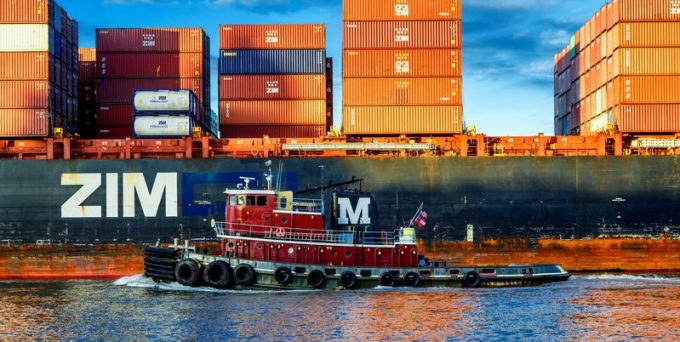Charter market still heated, lack of open tonnage keeping rates high
Some VOCCs [vessel-operating common carriers] appear to be “shifting strategies” for ship acquisition in response ...

Israeli ocean carrier Zim has exercised its option for a further five newbuild 7,000 teu LNG dual-fuelled vessels, on 12-year charters, from containership owner Seaspan Corp.
The option was part of Zim’s July agreement to charter 10 vessels of the same class and design from the ...

Comment on this article